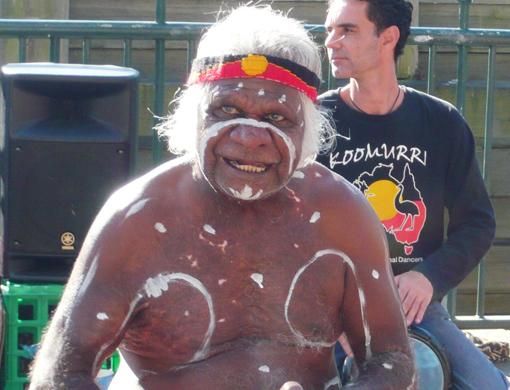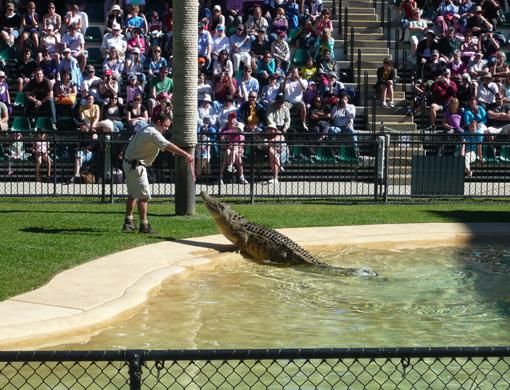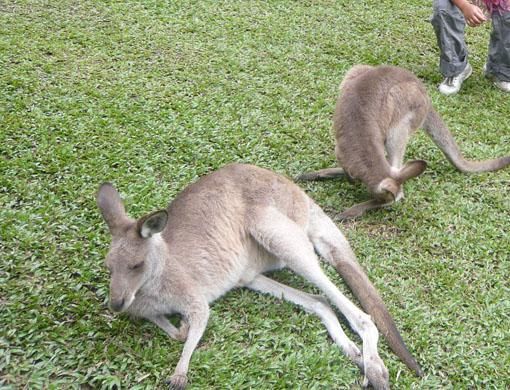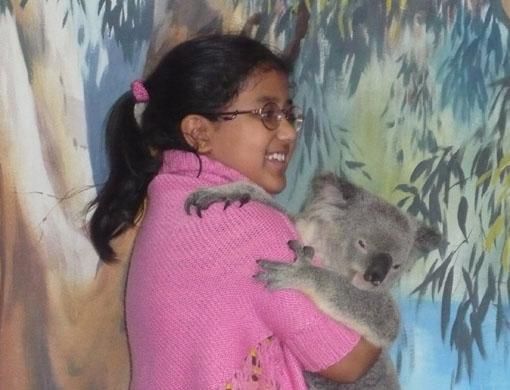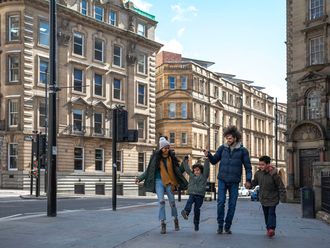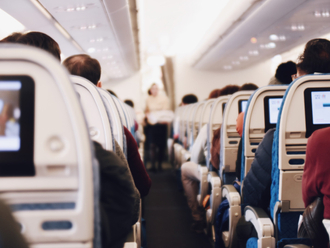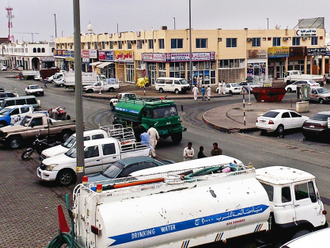A holiday Down Under normally takes one on the usual Opera House-Harbour Bridge circuit, interspersed with trysts with the amazing Great Barrier Reef.
I was fortunate enough to have experienced not only the above but also the amazing outback, memories of which will remain with me all my life.
This was my first trip to the other side of the Equator and for someone born in Dubai, it was quite a thrill to be decked up in woollens in July, which is when I had gone to Australia.
Sydney was our first stop and although I enjoyed being there, with visits to the Taronga Zoo, the Sydney Aquarium and the leisurely harbour cruises, I couldn't wait to hit the outback.
Rocking time
My real adventure began when we took a three-and-a-half-hour flight to Ayers Rock, situated in Australia's famed Red Centre.
Ayers Rock is also known as Uluru in the Aboriginal tongue. It is a huge red sandstone formation standing on the empty desert floor.
It, in fact, is said to be the world's largest monolithic structure and is situated at Australia's magnetic centre. Around this huge rock, the vast red Australian outback stretches to the horizon.
Uluru has been held sacred by the aboriginals since time immemorial. The first white man set foot on it only in the late 19th century. It was thereafter rechristened Ayers Rock after Sir Henry Ayers, an Australian premier.
It was three hours into my flight from Sydney, as we began our descent, that the pilot asked us to look out of the window.
For sometime, apart from the vast uninhabited red landscape, I couldn't see anything. But then, suddenly, my heart leapt up — the majestic Uluru rose out of the desert floor like a surreal structure.
Comfort additions
Till 10 years ago, Ayers Rock didn't have an airport and was accessible only from Alice Springs — a four-hour drive.
It is only recently that the airport and a plush resort have come up to offer visitors a great outback experience.
Over the next three days, I was transported to a different era as I interacted with the aboriginal people and learnt how to throw a spear, light a fire by rubbing twigs and collect different types of bark and firewood.
One of the surprises I was in for was learning that the apparently bare desert floor was teeming with life, which is what the Aborigines survive on.
I learnt the folklore surrounding Uluru from our guide Sammy. Since it is a sacred site for the Aborigines, he seemed quite upset that many tourists want to climb the structure.
Colours of nature
Uluru changes colour at different times of the day, sunrise and sunset being spectacular. Bracing myself against the cold, I watched in awe as it turned from dark brown to purple to yellow and then red as the Sun rose.
I understood then why the locals regarded Uluru as a religious symbol.
Uluru was the highlight of my holiday in Australia but it will not be fair to not mention my experience with crocodiles at Steve Irwin's Australia Zoo and the furry feel of a koala baby called Princess at the Kuranda sanctuary.
The last part of my holiday took me to Rotorua in New Zealand, a hub of geothermal activity. There I witnessed Maori culture up close, another fascinating experience.
— Kehkashan Basu is a student of Grade 3 in Millennium School, Dubai


